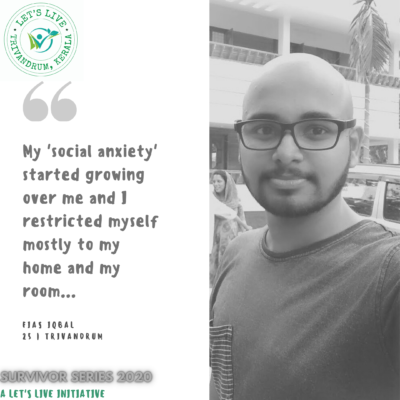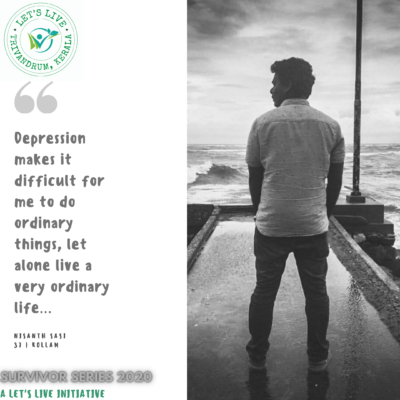Based on the accounts of those who have attempted suicide and lived to tell about it, we know that the primary goal of a suicide is not to end life, but to end pain. People in the grips of a suicidal depression are battling an emotional agony where living becomes objectionable. Most people who die by suicide have a significant depression narrowing their problem solving skills. Corrosive thinking reduces optimism, the hope of possibility and increases feelings of helplessness. The depressive illness itself makes it virtually impossible to hold onto any semblance of pain going away.
Studies of those who have survived their suicide attempt and healed from their depression report being astonished that they ever considered suicide.
Why Grieving is Different
Research has long known that suicide survivors move through very distinctive bereavement issues. Family and friends are prone to feeling significant bewilderment about the suicide. Why did this happen? How did I not see this coming? Overwhelming guilt about what they should have done more of or less of —become daily, haunting thoughts. Survivors of suicide loss often feel self-blame as if somehow they were responsible for their loved one’s suicide. Many also experience anger and rage against their loved one for abandoning or rejecting them—or disappointment that somehow they were not powerful enough, loved enough or special enough to prevent the suicide.
Click here to read the complete article
This is an extract from the following source. To be used only for spreading awareness about suicide and mental health issues:
Source: Psychology Today
Article by Deborah Serani Psy.D




Comments (0)